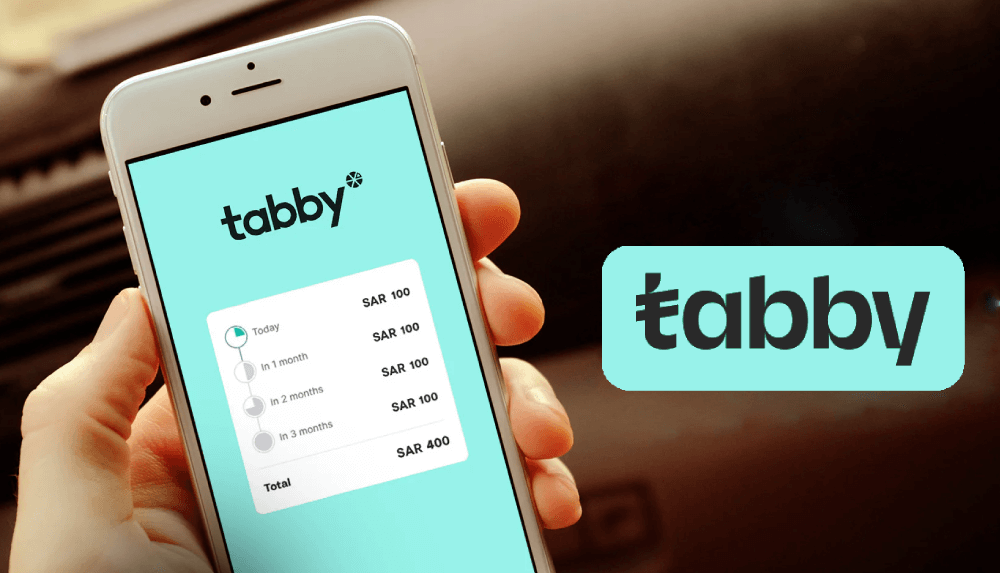The Future of Digital Solutions: Progressive Web Apps and Their Impact
Progressive Web Apps (PWAs) are reshaping the landscape of digital solutions, with globally renowned brands such as Forbes, Starbucks, and Trivago reaping the benefits of this innovative approach. In this article, we explore the characteristics of PWAs, their impact on mobile web and apps, and the future they hold for digital product solutions.
Understanding Progressive Web Apps
PWAs are web applications that offer an experience akin to native mobile apps. Developed using web technologies like JavaScript, HTML, and CSS, PWAs provide cross-platform functionality accessible through web browsers. Renowned brands are migrating to PWAs due to their exceptional mobile experience, cross-platform compatibility, and cost-effectiveness in development.
Key Advantages of PWAs
1. Exceptional Performance:
PWAs outshine traditional websites, being ten times faster and almost 90% smaller in size compared to typical mobile apps. They elevate customer engagement by approximately 50% and boast a 36% higher conversion rate.
2. Offline Usage:
PWAs leverage service workers to cache assets, allowing users limited access to content and functionality even without an internet connection. This offline capability enhances user experience, exemplified by features like customizing orders on Starbucks’ menu offline.
3. Push Notifications:
With approximately 58.9% of users granting permission for push notifications, PWAs gain a significant advantage over traditional mobile websites. Push notifications drive user engagement and encourage future use of products or services.
4. Enhanced User Experience:
PWAs feature engaging and intuitive UI/UX, resulting in a 42.86% lower bounce rate than mobile websites. Additionally, they load eight times faster, with an average load time of 2.75 seconds, ensuring a seamless user experience.
PWAs vs. Mobile Web and Native Apps
PWAs vs. Mobile Web
PWAs are transforming the mobile web landscape, gradually replacing responsive websites. Their benefits include offline usage, push notifications, and an enhanced user experience, making them more appealing to users than traditional mobile websites.
PWAs vs. Native Apps
While native apps offer certain advantages, PWAs have distinct benefits, such as lower development costs, easier maintenance, and increased online visibility. PWAs eliminate the need for third-party app stores, making them more accessible to users directly through web browsers.
Success Stories of PWAs
Major brands like BMW, George at Asda, and Forbes have achieved impressive results with PWAs. BMW experienced a 40% increase in click-throughs, George at Asda saw a 31% rise in mobile conversions, and Forbes witnessed a 300% increase in scroll depth and a 600% rise in completed articles.
The Future of PWAs
Despite their success, PWAs are not positioned as universal replacements for native apps. While they face limitations in accessing certain device hardware, PWAs offer a promising alternative for mobile websites. With a growing market projected to reach $10.44 billion by 2027, PWAs are set to impact user preferences in the evolving landscape of digital solutions.
Conclusion
Progressive Web Apps are paving the way for a more dynamic and engaging digital experience. While not a universal replacement for native apps, PWAs provide a competitive edge, combining the best of both mobile web and native apps. As support from both iOS and Android platforms increases, PWAs hold immense potential to shape the future of digital product solutions. Now is the opportune moment for businesses to consider adopting PWAs, enhancing engagement, and driving conversions in the ever-evolving digital era.










